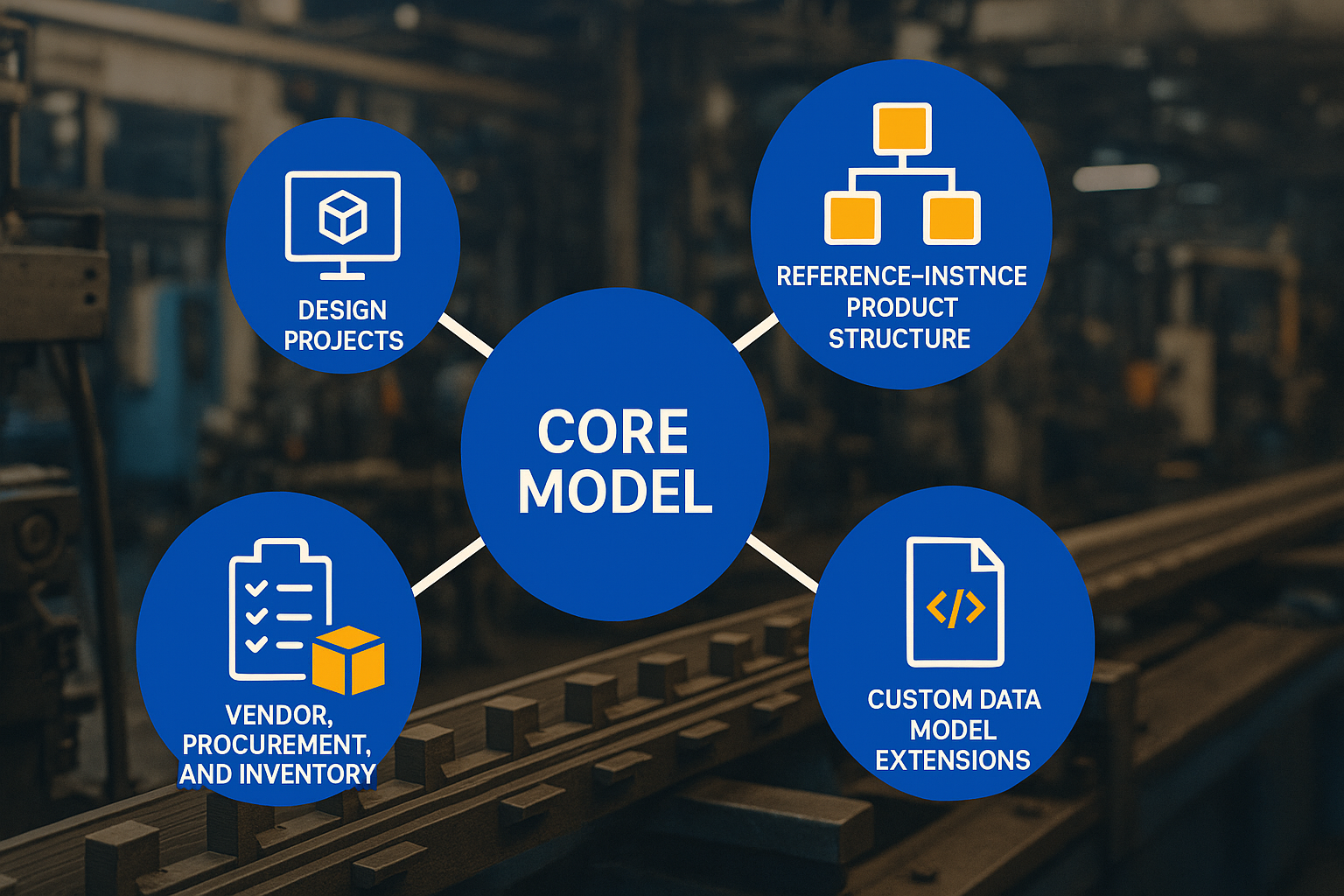
Timing is everything. The last few years hammered the idea that you can manage information using Excel spreadsheets and store data in local folders. The concept of files and folders combined with the flexibility of spreadsheets were ruling the world of engineering data management and product lifecycle for the last two decades. But as with many other things in our world, the ideas of Excelware, files, and emails are coming to an end. These ideas don’t scale and cannot support modern manufacturing principles. Companies are looking for a better way to manage information and processes.
Spreadsheet Mindset
In my article yesterday – 3 Do’s and Don’ts of OpenBOM onboarding, I mentioned a big no-no that we often see in the companies coming to OpenBOM to escape from non-efficient Excel or Spreadsheet solutions. I call this big no-no “thinking Excel”. Here is how it works and why it is important to kill it early on.
Old habits are dying hard. In many ways, Excel (or spreadsheets) is the way of thinking about data and it can lead you to a very problematic outcome if you try to treat OpenBOM as a place to manage your Excel files.
A typical data management paradigm of any company using spreadsheets is to create a file (or spreadsheet) for a specific product or project. This way of thinking is convenient because it creates a simple boundary to manage information in an isolated form. In such a way, we often see these Excels that contain all pieces of information and also can help to do some calculations. Then we often can see multiple spreadsheets for different projects, products, etc. It is easy to think about it in the way BOM = Excel. So, the first thing spreadsheet mentality will push you to do is to create something similar using OpenBOM.
What is wrong with this approach is that companies will be missing a super important element of the data model – item definition. Let’s talk about it and explain why Item (and not BOM) is the center of OpenBOM’s data management architecture.
Items, Catalogs, and Product Structure (BOM)
The key element of OpenBOM’s product structure is the definition of the item. An item can be anything – a simple OTS part, assembly, material, etc. Items are defined in the catalogs and each catalog defines a data modeling pattern (list of properties) to describe each type of item (eg. mechanical, fasteners, electronics, assemblies, etc). The selection of catalogs is completely flexible and reflects the data you need to manage using OpenBOM.
If an item is a simple part (eg. screw), it will be defined in the catalog with all properties. However, if an Item is an assembly, it has a BOM where all other items will be included. This is a simple model of parent-child relationships OpenBOM builds automatically based on Part Numbers. Check more about how the OpenBOM data model is built.
A key element of the OpenBOM data model is a single source of truth about product data, lifecycle, revisions, relationships between items, and additional information. Ignoring it can lead you to mistakes and miss the value of digital transformation.
Therefore building catalogs with Items is a foundation of your success with OpenBOM.
Focus on Catalogs and Items
The best way to think about data models when you implement OpenBOM is to think about a system of catalogs defining different items you have in your product. Such a classification of items is the best foundation for your success with OpenBOM Onboarding. Here is why.
- Creating item catalogs will help you to think about product items
- Different types of items create a meaningful data model that is easy to manage.
- A well-defined catalog system is a foundation to build BOMs simply by selecting items from catalogs and creating item instances in BOMs.
Your success with OpenBOM Onboarding is purely dependent on your ability to define all items, and properties and classify them in different catalogs with appropriate data sets. Building BOMs from catalog items is simple. Watch this video to learn more.
Conclusion
Changing the mindset is extremely important when you start OpenBOM implementation. This is a critical moment when everyone needs to forget the old fashion Excel approach (BOM = Excel) and start thinking about granular data organizations – items, catalogs, product structure, BOMs, etc. Old habits are dying hard and, therefore, stopping the thought process of spreadsheets is important for a successful OpenBOM onboarding process.
Haven’t purchased OpenBOM yet? No worries… REGISTER FOR FREE and start your free 14-day trial to check out all features and functions that OpenBOM has to offer.
Best, Oleg
Join our newsletter to receive a weekly portion of news, articles, and tips about OpenBOM and our community.










